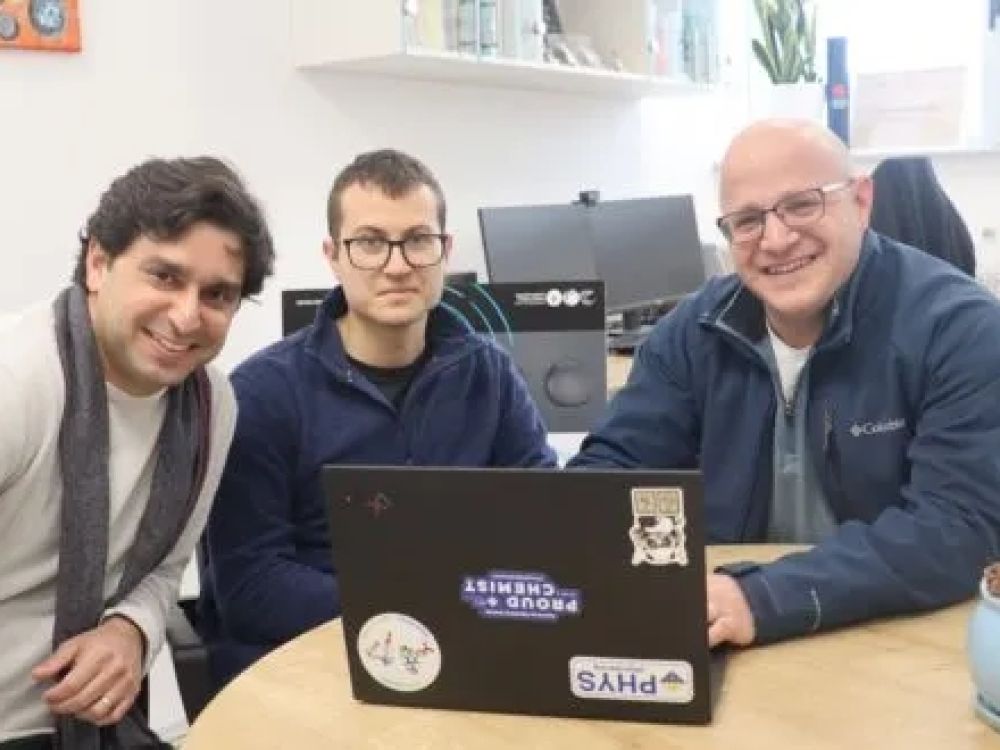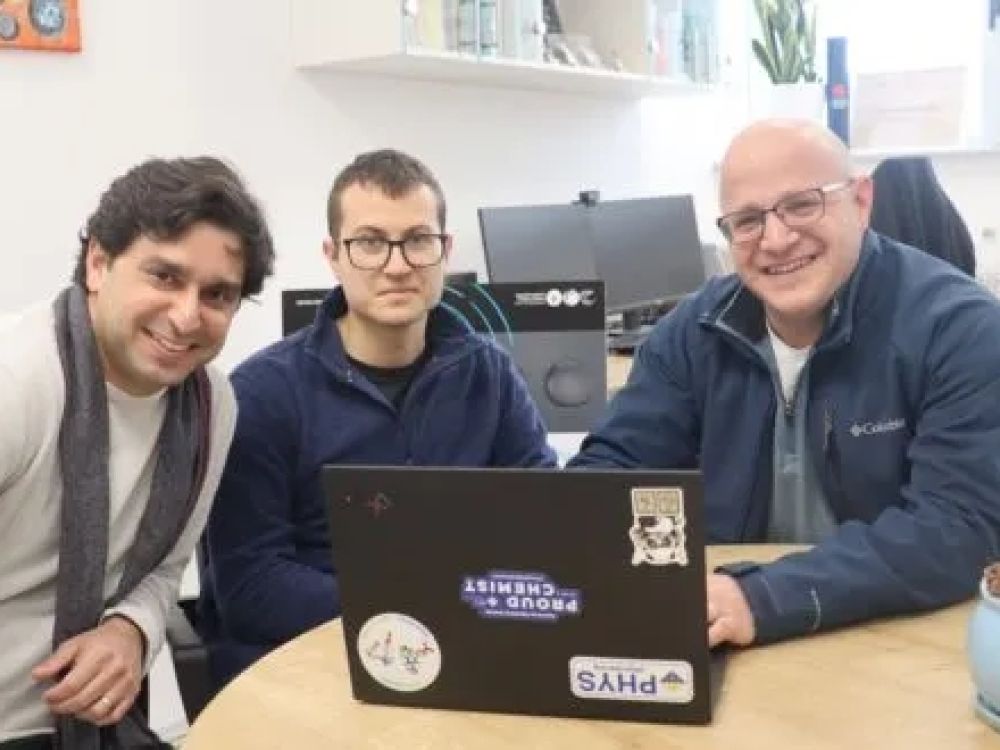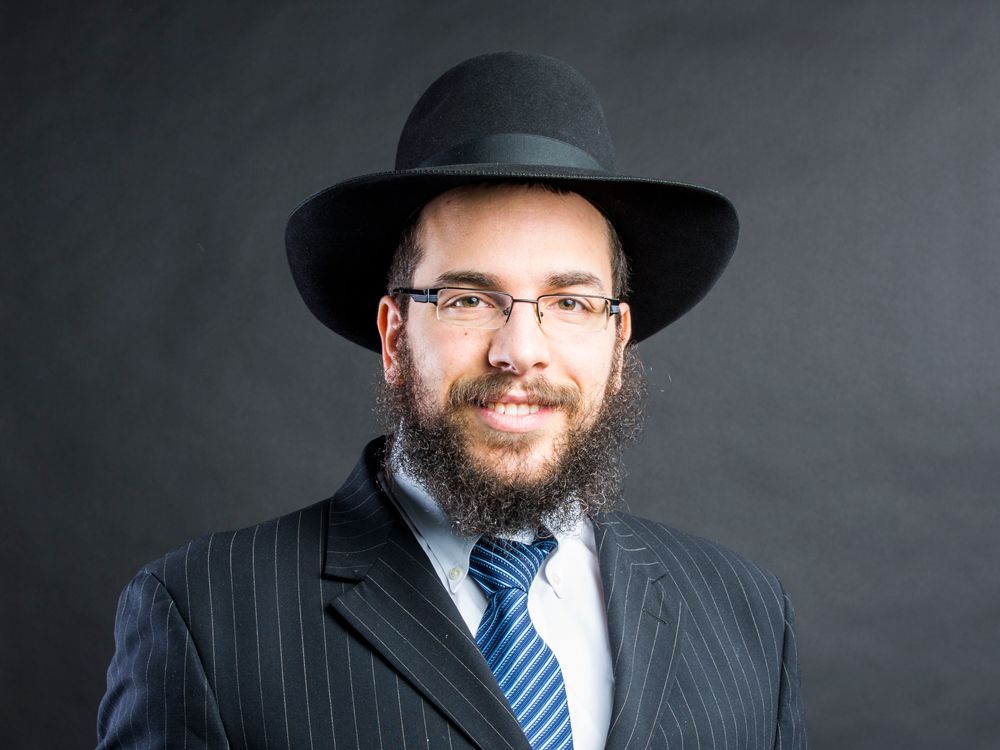
The Sky is Not the Limit
Tel Aviv University Builds and Launches a Nanosatellite into Space
The TAU-SAT1 nanosatellite was devised, developed, assembled, and tested at the new Nanosatellite Center, an interdisciplinary endeavor of the Faculties of Engineering and Exact Sciences and the Porter School of the Environment and Earth Sciences. TAU-SAT1 is currently undergoing pre-flight testing at the Japanese space agency JAXA. From Japan, the satellite will be sent to the United States, where it will “hitch a ride” on a NASA and Northrop Grumman resupply spacecraft destined for the International Space Station in the first quarter of 2021. Once at the station, a robotic arm will release TAU-SAT1 into a low-earth orbit (LEO) around the Earth, approximately 400km above the Earth.
Small satellite – a big step
“This is a nanosatellite, or miniature satellite, of the ‘CubeSat’ variety,” explains Dr. Ofer Amrani, head of Tel Aviv University’s miniature satellite lab. “The satellite’s dimensions are 10 by 10 by 30 cm, the size of a shoebox, and it weighs less than 2.5 kg. TAU-SAT1 is the first nanosatellite designed, built and tested independently in academia in Israel.”
TAU-SAT1 is a research satellite, and will conduct several experiments while in orbit. Among other things, Tel Aviv University’s satellite will measure cosmic radiation in space.
“We know that that there are high-energy particles moving through space that originate from cosmic radiation,” says Dr. Meir Ariel, director of the university’s Nanosatellite Center. “Our scientific task is to monitor this radiation, and to measure the flux of these particles and their products. It should be understood that space is a hostile environment, not only for humans but also for electronic systems. When these particles hit astronauts or electronic equipment in space, they can cause significant damage. The scientific information collected by our satellite will make it possible to design means of protection for astronauts and space systems. To this end, we incorporated a number of experiments into the satellite, which were developed by the Space Environment Department at the Soreq Nuclear Research Center.”
Satellite station on the roof of the faculty building
A challenge that presented itself was how to extract the data collected by the TAU-SAT1 satellite. At an altitude of 400 km above sea level, the nanosatellite will orbit the earth at a dizzying speed of 27,600 km per hour, or 7.6 km per second. At this speed, the satellite will complete an orbit around the Earth every 90 minutes. “In order to collect data, we built a satellite station on the roof of the engineering building,” says Dr. Amrani. “Our station, which also serves as an amateur radio station, includes a number of antennas and an automated control system. When TAU-SAT1 passes ‘over’ the State of Israel, that is, within a few thousand kilometer radius from the ground station’s receiving range, the antennas will track the satellite’s orbit and a process of data transmission will occur between the satellite and the station. Such transmissions will take place about four times a day, with each one lasting less than 10 minutes. In addition to its scientific mission, the satellite will also serve as a space relay station for amateur radio communities around the world. In total, the satellite is expected to be active for several months. Because it has no engine, its trajectory will fade over time as the result of atmospheric drag – it will burn up in the atmosphere and come back to us as stardust.”
And this is just the beginning
But launching the TAU-SAT1 nanosatellite is only Tel Aviv University’s first step on its way to joining the “new space” revolution. The idea behind the new space revolution is to open space up to civilians as well. Our satellite was built and tested with the help of a team of students and researchers. Moreover, we built the infrastructure on our own – from the cleanrooms, to the various testing facilities such as the thermal vacuum chamber, to the receiving and transmission station we placed on the roof. Now that the infrastructure is ready, we can begin to develop TAU-SAT2. The idea is that any researcher and any student, from any faculty at Tel Aviv University, or outside of it, will be able to plan and launch experiments into space in the future – even without being an expert in the field.
In the last few years Tel Aviv University has been working on establishing a Nanosatellite Center to build small “shoebox” size satellites for launch into space. “We are seeing a revolution in the field of civilian space”, explains Prof. Colin Price, one of the academic heads of the new center. “We call this new space as opposed to the old space where only giant companies with huge budgets and large teams of engineers could build satellites. As a result of miniaturization and modulation of many technologies, today universities are building small satellites that can be developed and launched in less than 2 years, and at a fraction of the budget in the old space”, Price continues. “We have just completed the building of Tel Aviv University’s first nano-satellite, and it is ready for launch.”
It will have been only two years from the moment that we began all of the above-mentioned activities until the satellite is launched – this is an achievement that would not have been possible without the involvement of many people: the university administration, who supported the project and the setting up of the infrastructure on campus, Prof. Yossi Rosenwaks, Dean of the Faculty of Engineering, Professors Sivan Toledoand Haim Suchowski from the Faculty of Exact Sciences, and, most importantly, the project team that dealt with R&D around the clock: Elad Sagi, Dolev Bashi, Tomer Nahum, Idan Finkelstein, Dr. Diana Laufer, Eitan Shlisel, Eran Levin, David Greenberg, Sharon Mishal, and Orly Blumberg.

TAU-SAT1 Team here on campus, before leaving to the airport
Featured image: Last inspections in the clean room. TAU SAT1
Related posts


Tel Aviv University Shatters Limits with Self-Repairing Glass



Elevate Your Future with TAU’s Pioneering MSc Programs in Engineering


New Findings About the Early Universe 50 Million Years After the Big Bang

